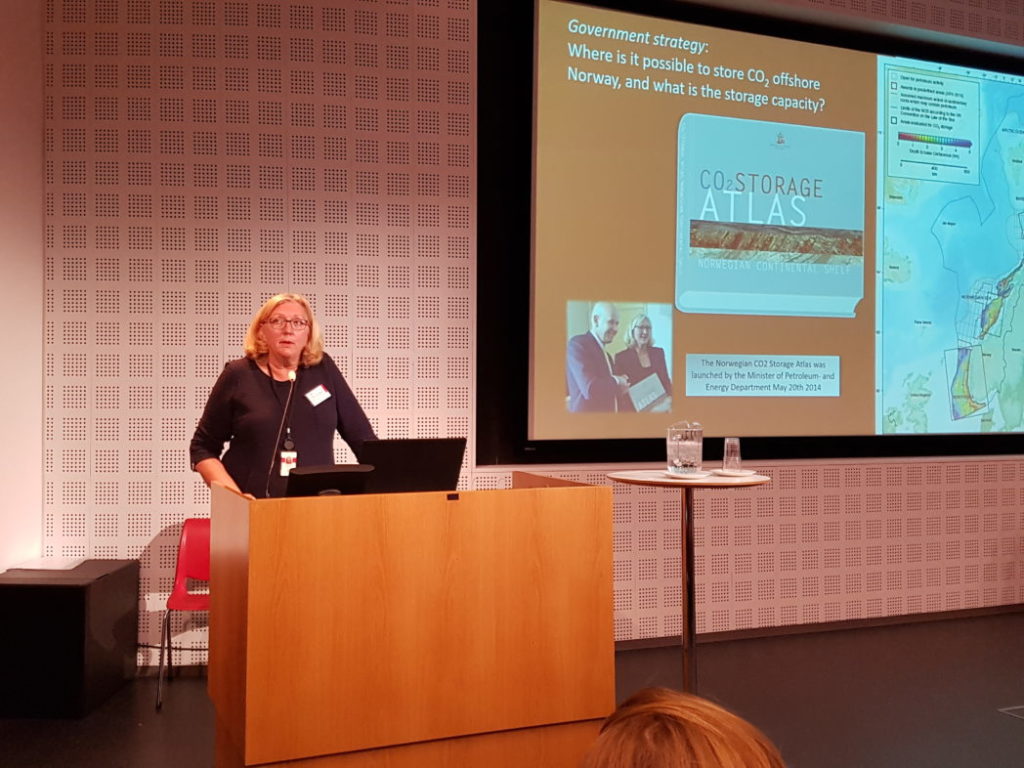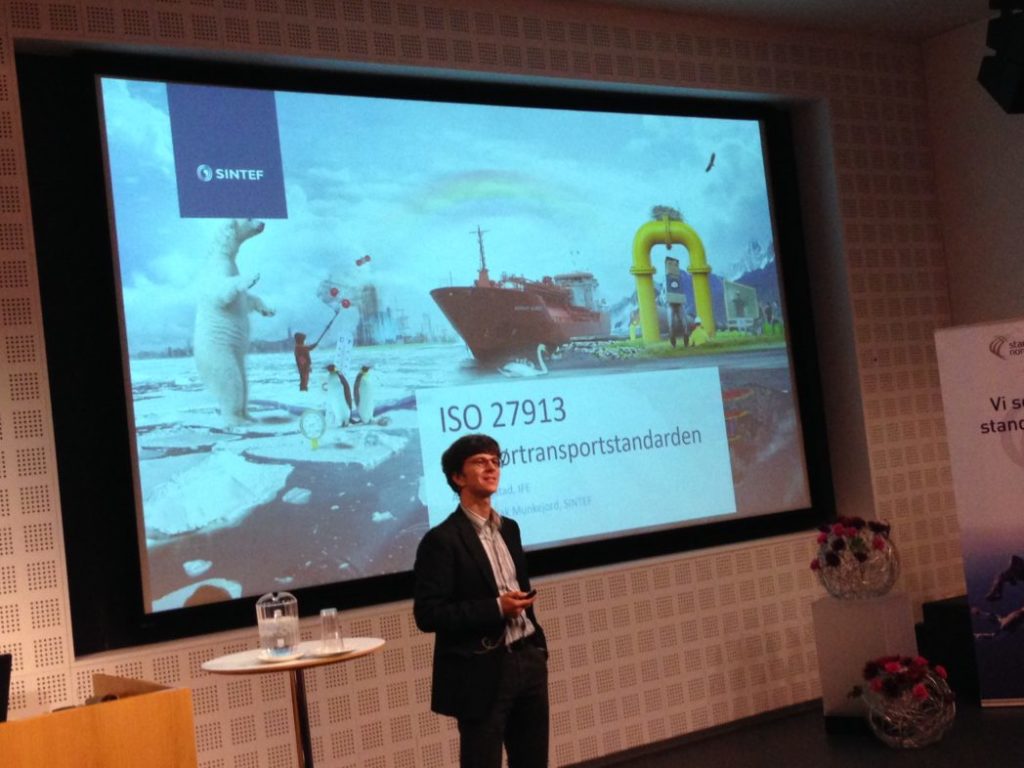The launch took place in Stavanger at the offices of the Norwegian Petroleum Safety Authority (PSA) and the Petroleum Directorate (NPD), in front of an audience made up of representatives from the public authorities, industry and the research community.
– What are we waiting for?
The event was opened by Eva Halland of the NPD. She pointed out that now that the framework for transport and storage of CO2 is in place, there is no reason to wait with the implementation.

Project Manager Javad Sunde Fahadi at Standards Norway explained that work to prepare the standards within the International Standards Organisation (ISO) takes place in committees made up of experts from the interested countries. The standards are prepared in stages involving several rounds of consultation, after which all inputs is processed in writing. This takes time, but the process ensures that the standards have widespread support. Before a standard can be published, it is voted on by the participating countries. Norway has one vote in this process – just the same as other and larger countries. Work carried out by the Norwegian committee for CCS standards has been funded in part by the CLIMIT programme.

I had the honour of presenting the CO2 pipeline transport standard. The work to prepare this standard took place during the period 2013-2016, and was coordinated from Germany with active contributions from Norway and other countries. It builds on existing standards and takes factors unique to CO2 into account. When I started working on this project, I had the naive notion that a standard is a kind of instruction manual for engineers – complete with finished formulas and methods. However, this is not the case. Instead, a standard presents a series of questions that users, such as organizations that design, construct or operate pipeline transport systems, ought to pose, and gives directions as to how to find the answers to these questions. In some cases these answers are simple enough, while in others an adequate solution requires further knowledge.
In summary, the ISO standard is an important contribution towards the construction of safe and efficient CO2 transport systems, which are essential for ensuring that CCS becomes an effective climate-change mitigation tool. This in turn is key if we are to achieve the Paris Agreement targets.









Comments
No comments yet. Be the first to comment!